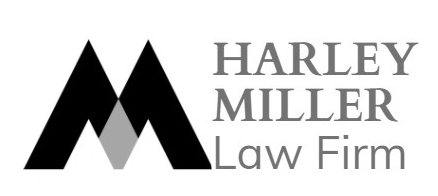There are several methods for valuing intellectual property assets. Each method has its own advantages and disadvantages, and some methods are more applicable in specific cases and scenarios than others. Currently, the following methods are widely used:
1. Income-Based Method: This is the most commonly used method for valuing intellectual property assets. There are various forms of income-based methods, and sometimes, variations are referred to as distinct methods. Essentially, this method focuses on estimating the income stream that the intellectual property owner expects to receive during the term of intellectual property rights. It uses discounted cash flows to determine the present value of future income. Income can be estimated by looking at the amounts a business earns from licensing fees if the business licenses a specific intellectual property right. The fundamental drawback of this method is its complexity. The main variations of this method include:
– Royalty Relief Method: In this variation, the royalty rate is calculated to estimate the cash flows or expected profits, or the capitalized profit stream from the intellectual property.
2. Cost-Based Method: This method is used to estimate the future benefits of intellectual property assets by calculating the amount required to replace or recreate the intellectual property. This method can also have variations:
– Cost of Reproduction: If records are well-kept, the cost of reproduction can be calculated by aggregating the money spent to develop the referenced intellectual property (this method is also known as the cost approach). If records are not well-kept, the cost of reproduction can be estimated by adding together labor and material costs needed to produce a similar intellectual property.
– Replacement Cost: The amount needed to acquire intellectual property with the same functionality. The deduction of related costs for intellectual property replacement or reproduction should be made while determining the cost of replacement/reproduction before presenting the final price/value.
The cost-based method is particularly useful when considering ownership rights in intangible assets such as computer software, technical drawings, packaging designs, and distribution networks. This method is often used as a supplementary approach to the income-based method. The primary drawback of this method is the potential for high uncertainty in results.
3. Market-Based Method: This method relies on third parties willing to pay to purchase or license intellectual property. This method can also be used in conjunction with income-based methods. However, it is important to note that some businesses consider it the best method due to its simplicity and market information availability. The main weakness of this method is that it does not provide information on how to handle unique aspects of specific transactions. The variations of this method include:
– Comparing Revenues: Those using this method estimate the value of intellectual property by pricing a similar intellectual property on the market.
– Using Standard Fee Rates: This method uses predefined royalty rates commonly agreed upon in similar types of contracts.
4. Option-Pricing Methods: These methods are increasingly used in valuing intellectual property, especially in the fields of technology and pharmaceuticals. While other valuation methods are more about determining “average risk,” option-based methods are considered advantageous. Similar to other valuation methods, option-based methods have variations, such as the Black-Scholes option pricing model, Technology Risk-Reward Units (TRRU®), and IPscore® developed by the Danish Patent and Trademark Office and available at www.ipscore.com. The main issue with these option-based methods is their relative complexity.





